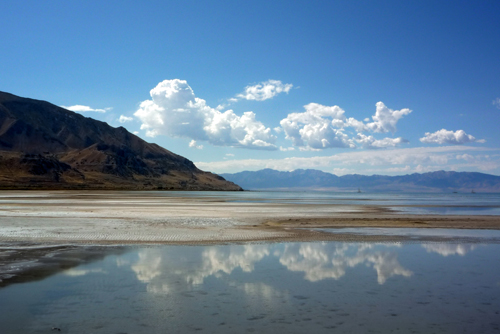Established as a separate group of organisms just a few decades ago, archaea are tiny, single-celled organisms that thrive in environments noted for their extreme conditions such as very hot or very cold temperatures. For example, salt-loving or halophilic archaea can be found throughout the world in environments such as Utah’s Great Salt Lake and Middle Eastern Dead Sea, and in manmade salt-producing areas such as salterns. These archaea can be used in a variety of applications, including the bioremediation of high-salt areas. Another potential application based on halophiles sequenced as part of the DOE JGI’s Genome Encyclopedia of Bacteria and Archaea (GEBA) project involves identifying enzymes in these microorganisms that could be used to break down plant biomass for cellulosic biofuel production.
Nearly 30 halophiles have been described, but only a handful of these organisms have had their genome sequences published, while another dozen or so are in process. To better understand these microorganisms, researchers hope to sequence representative halophilic archaea from each of 10 genera from which no representative microorganism has as yet been selected. In doing so, the information could be used to do comparative genomic studies across the entire archaeal diversity.
Principal Investigators: Iain Anderson, DOE Joint Genome Institute
Program: CSP 2010
